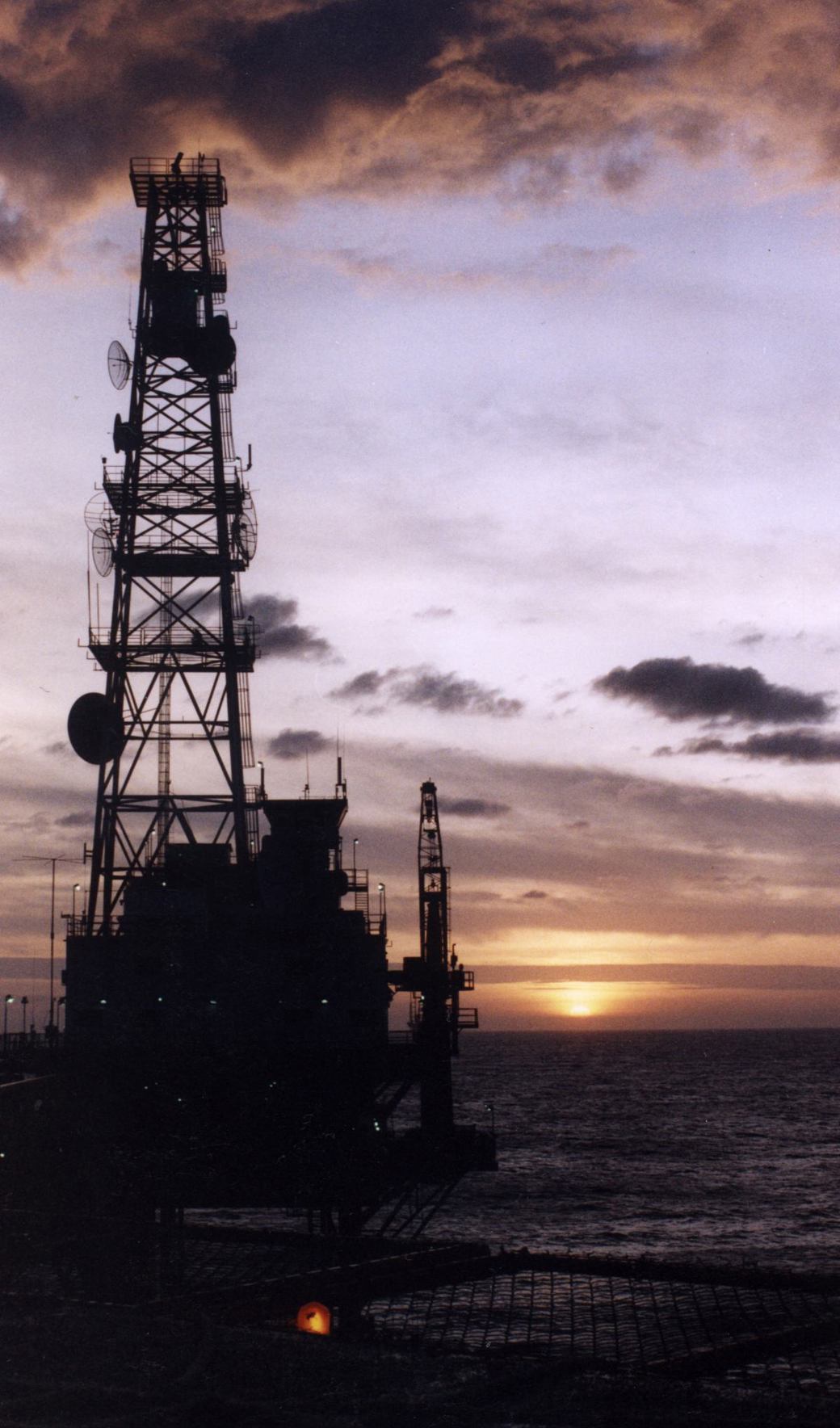
Bay of Campeche Case Study
When Petroleos Mexicanos (PEMEX) needed a system to monitor traffic in the Bay of Campeche, they turned to Kongsberg Norcontrol, the world's leading provider of Offshore Collision Avoidance, Safety and Security Systems.
The pairing made sense. Both PEMEX and Kongsberg Norcontrol are innovators in their fields. Kongsberg Norcontrol is a global leader in the field of VTS and AIS, while PEMEX, according to Fortune Magazine, is one of the most admired global companies. As the national oil company of Mexico, it is also at the forefront of new technology implementation. Together, Kongsberg Norcontrol and PEMEX have enjoyed a close provider/customer partnership for over twenty years.
The Place
Located in the Gulf of Mexico off the Yucatan Peninsula, the Gulf of Campeche is the largest oil field in Mexico and the world's largest offshore oil development project to date, producing 1.2 million barrels of oil per day. Ciudad del Carmen, one of the major population centers of the area, was founded on shrimp fishing before the discovery of oil. Shrimp fishing is still important, though oil has replaced it as the primary industry. The area in need of surveillance is very large and covers strategic oil and gas pipe lines and platforms, stretching from Dos Bocas to Ciudad del Carmen. In total, the area is more than 100 nautical miles north to south.
The Challenges
Production in the Bay of Campeche presented PEMEX with several challenges. Being Mexico's largest oil field, the Bay of Campeche is very busy, often with 250-300 vessels in the area each day. Though the tanker traffic was relatively light, numerous small vessels, including fishing vessels and charter vessels, moved through the area. All of this traffic needed to be monitored, the first and foremost reason being to protect the series of pipelines. Because the bay is fairly shallow (40-50 meters deep in most areas), the pipelines were in danger from anchoring fishing vessels, which could number as many as 200 at any given time. Secondly, PEMEX needed to coordinate the transportation of equipment and personnel in the field. All transportation of personnel onshore to the platforms is conducted by ship, with helicopters flying in only urgent material and VIPs. These charter vessels are fast moving and carry up to 100 passengers. In addition to coordinating traffic, the many privately owned vessels chartered by PEMEX needed to be monitored in order to ensure billing accuracy. And finally, there was a need to reduce the amount of unauthorized traffic in the surveillance area.
The Solution
To ensure accurate, real-time traffic monitoring, PEMEX chose Kongsberg Norcontrol as its technology solution provider. A total of seven radars and eight AIS transponders were needed to monitor traffic in the bay. And because it is so large, with so many small vessels, two control centers were required, one shore-based (with three operator workstations and a supervisor station) and another on a platform with two operator workstations. The two control centers are about 100 nautical miles apart and responsible for monitoring the traffic in distinct areas. Both control centers share VTS information and are connected by microwave link. The first system Norcontrol installed for PEMEX was a VOC80 in 1983, one of the first VTS systems ever developed. PEMEX upgraded this system in 1996, and today the Bay of Campeche is monitored by a Kongsberg Norcontrol VOC5060, upgraded again in 2002 with an AIS Network, also installed by NCIT. The software of the transponders has been upgraded twice to comply with IMO rules and regulations. A database will soon be added.
World Class Customer Support
In addition to the technology solution, a high level of customer support was absolutely necessary for such a large system. When service issues arise, Kongsberg Norcontrol responds in a timely manner and often conducts onsite maintenance visits. NCIT has also provided extensive training to PEMEX engineers. Because the PEMEX engineers are very skilled and knowledgeable, Kongsberg Norcontrol has trained them to maintain the system on their own. We also have an agent in Mexico who can offer first line support on some of the equipment. Kongsberg Norcontrol also seeks to be proactive with customer support, contacting PEMEX through its agent to find out how things are going, in addition to regular visits. Lastly, we can access the PEMEX system remotely via modem should a problem arise.
Why expand with AIS?
As a forward-looking organization, PEMEX fitted its system with AIS before the mandatory AIS requirements came into effect. As a result, the Bay of Campeche AIS Network was among the first such networks Kongsberg Norcontrol installed. Because the AIS and radar tracks are integrated, the system has a built-in redundancy. VTS operator efficiency is improved as AIS tracks are automatically tagged and identified. Vessels and control centers can exchange text messages rather than communicate via VHF. And the risk of losing a vessel in an area with several fixed structures is reduced through AIS, because transponders do not detect platforms, unlike radar. PEMEX is currently fitting all of its vessels with shipborne transponders. In addition to the PEMEX ships, as many as 50-60 foreign vessels with shipborne transponders are detected in their surveillance area each day, and the number of AIS tracks will only increase.
Why did PEMEX chose KNC?
At the time of the first installation, Kongsberg Norcontrol was the only technology solutions provider able to integrate and cover such a large area. PEMEX chose to stay with Kongsberg Norcontrol throughout the upgrades, despite stiff competition, because of our superior technology and the excellent working relationship that had developed between the two companies. PEMEX was also aware of the name of Kongsberg Norcontrol through their experience with Norcontrol Databridge installations onboard ships, as well as Kongsberg Norcontrol simulators at Officer Training Schools.